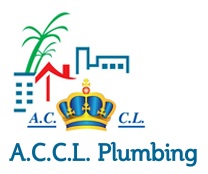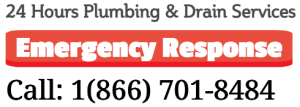Dealing with plumbing issues can be frustrating and costly. However, with the right knowledge and tools, you can fix many common problems yourself. In this article, we’ll provide tips and guidance on DIY plumbing repairs, helping you save money and become more self-sufficient.
Common Plumbing Issues
1. Leaky Faucets: A leaky faucet can waste a significant amount of water and increase your water bill. Fortunately, fixing a leaky faucet is a relatively simple DIY project.
2. Clogged Drains: Clogged drains can cause water to back up and create unpleasant odours. You can use a plunger or plumbing snake to clear blockages.
3. Running Toilets: A running toilet can waste a lot of water. Check the flapper and fill valve to ensure they’re functioning properly.
4. Low Water Pressure: Low water pressure can be caused by a variety of factors, including clogged aerators or mineral buildup in pipes.
1. Turn off the Water Supply: Before starting any DIY plumbing repair, turn off the water supply to the affected area.
2. Use the Right Tools: Having the right tools for the job can make a big difference. Invest in a good set of plumbing tools, including a plunger, adjustable wrench, and Teflon tape.
3. Follow Safety Precautions: Wear protective gear, such as gloves and safety glasses, when working with plumbing systems.
4. Consult Online Resources: There are many online resources available to help you with DIY plumbing repairs, including tutorials and forums.
Fixing Common Plumbing Issues
1. Fixing a Leaky Faucet: To fix a leaky faucet, you’ll need to disassemble the faucet and replace the worn-out parts. Make sure to turn off the water supply before starting the repair.
2. Clearing Clogged Drains: Use a plunger or plumbing snake to clear blockages in your drains. You can also use baking soda and vinegar to create a natural drain cleaner.
3. Fixing a Running Toilet: Check the flapper and fill valve to ensure they’re functioning properly. Adjust or replace these parts as needed.
4. Improving Water Pressure: Check the aerators on your faucets and showerheads to ensure they’re not clogged. You can also check the water pressure regulator to ensure it’s set correctly.
When to Call a Professional
While DIY plumbing repairs can be cost-effective and empowering, there are times when it’s best to call a professional plumber. If you’re unsure about a repair or feel uncomfortable with the process, it’s best to seek help from a qualified plumber.
Conclusion
DIY plumbing repairs can be a great way to save money and become more self-sufficient. By following these tips and guidelines, you can fix common plumbing issues yourself and avoid costly repairs. Remember to always follow safety precautions and consult online resources when needed.

